In the world of electronics and DIY, soldering is an essential skill that enthusiasts, hobbyists, and professionals use to bring their projects to life. Whether you're assembling a circuit board, repairing a gadget, or creating custom electronics, soldering is the bridge that connects components and turns ideas into reality. However, the process of soldering can also produce hazardous fumes that, if inhaled, may pose significant health risks over time. This concern underscores the importance of incorporating a reliable fume extractor into your soldering setup.
The advent of the DIY 12V solder fume extractor is a game-changer for those seeking a smoke-free soldering environment without investing in expensive, commercial-grade equipment. By designing and building your own extractor, you gain not only a cost-effective solution but also a customizable tool tailored to suit your workspace and needs. This journey towards DIY mastery combines practical engineering with a keen understanding of health and safety in electronics crafting.
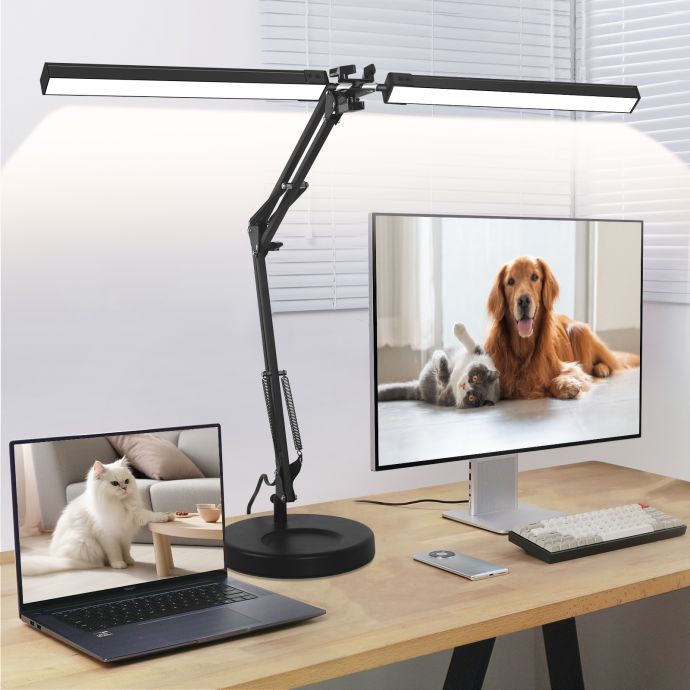
### Understanding the Necessity
Solder fumes are composed of a mix of volatile organic compounds, rosin-based fluxes, and other particulate matter that can irritate the respiratory system and cause long-term health issues. Chlorides, lead, and formaldehyde can also be present, especially when using traditional leaded solder. Given these risks, venturing into the realm of fume extractors is not merely a luxury but a necessity for any responsible DIY electronics enthusiast.
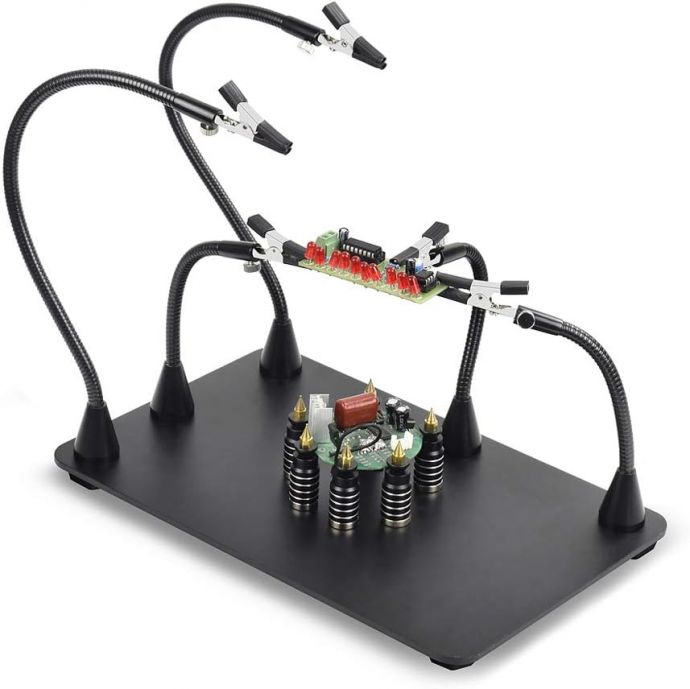
### The DIY Approach to Solder Fume Extraction
Creating a DIY 12V solder fume extractor is an empowering project that not only ensures a safer working environment but also enriches your understanding of airflow dynamics and electronics assembly. This versatile tool can be designed in various ways to accommodate different scales of operations, from compact bench setups to more elaborate workshop environments.
#### Step 1: Gathering Materials
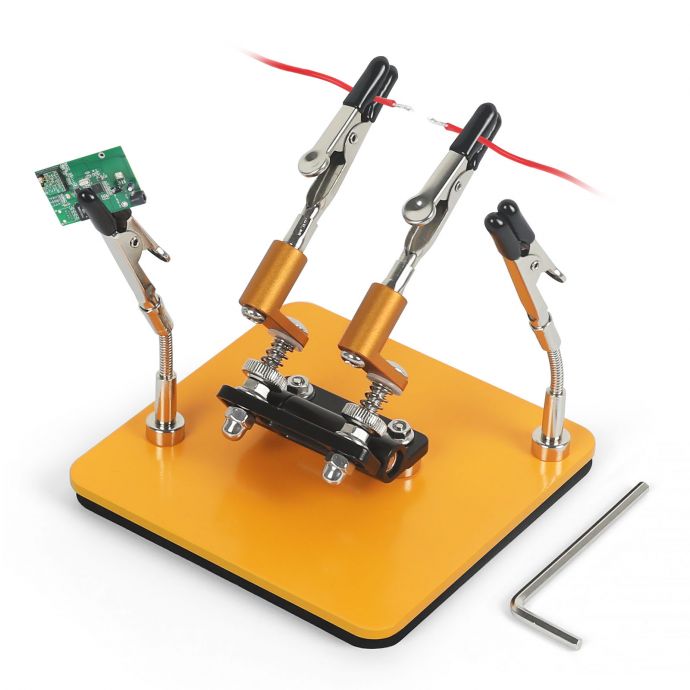
The first step in any DIY project is to gather the necessary materials. For a basic 12V fume extractor, you'll need:
- **12V DC Fan:** A computer case fan works well for this purpose, typically rated around 120mm for optimal airflow.
- **Power Supply:** A 12V DC power adapter or a battery pack can power the fan.
- **Activated Carbon Filter:** Effective in absorbing fumes and odors. These can be sourced from air purifiers or custom-cut to fit the fan.

- **Fan Grill and Mounting Brackets:** To prevent objects from coming into contact with the fan blades and for secure placement.
- **Flexible Ducting or Tubing:** Optional, for directing airflow more precisely.
- **Soldering Tools and Basic Hardware:** For assembling the extractor frame and wiring the components.
#### Step 2: Assembling the Fume Extractor
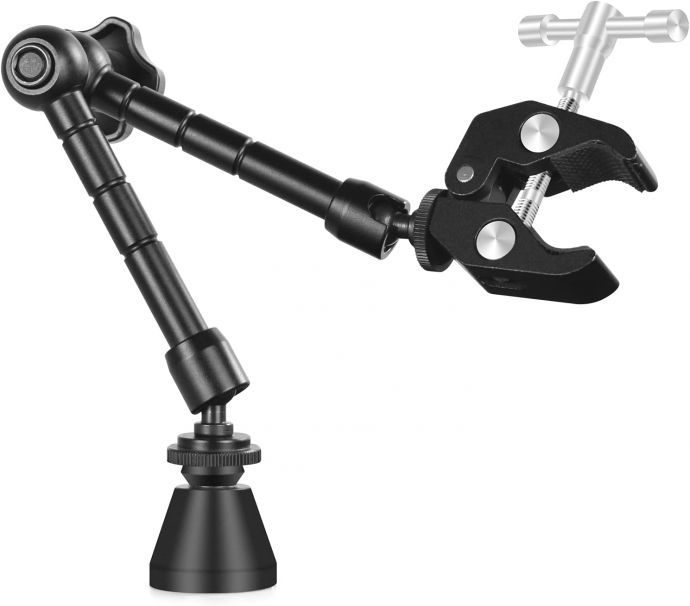
**Design and Frame Construction:**
Choose a frame that can securely hold your fan and filter. Depending on your preference and available materials, the frame can be constructed from wood, acrylic, or even repurposed plastic containers. Ensure that the dimensions accommodate the fan and allow room for the filter.
To optimize airflow, consider a design that channels the air through the carbon filter, ensuring maximum exposure. A simple enclosure with an open front and a back mounted fan can greatly enhance suction efficiency.
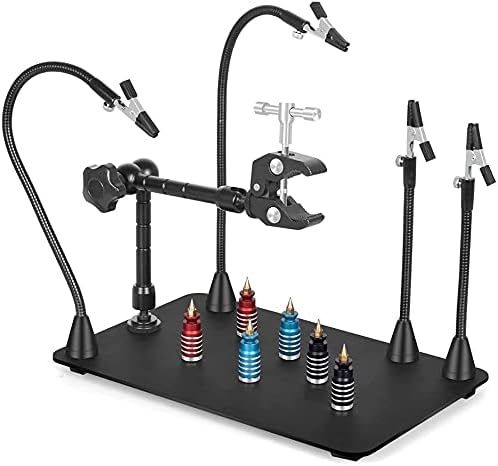
**Fan Installation:**
Secure the fan at one end of the frame with the grill facing outward. This positioning allows the fan to pull in solder fumes and push clean air out through the filter. Attach the fan using screws or adhesive, and ensure it is aligned to avoid vibration issues.
**Filter Placement:**
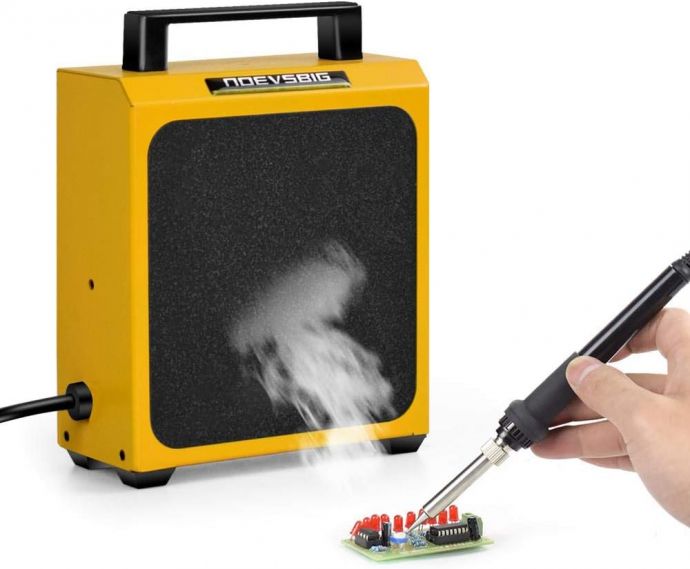
Attach the activated carbon filter directly behind the fan. If using a custom cut filter, ensure it covers the entire air intake area. Multiple layers may be employed for enhanced filtration. Secure the filter in place using brackets or an adhesive suitable for your materials.
**Electrical Connections:**
Wire the fan to your chosen power supply. If using a DC adapter, connect the wires appropriately, taking note of the fan’s positive and negative terminals. For battery packs, a switch can be incorporated to easily power on and off your fume extractor.
#### Step 3: Testing and Optimization
Once assembled, test your fume extractor. A good test involves soldering in a small, enclosed area and observing the extractor's ability to remove smoke. Adjustments may involve adding more filters, increasing fan speed, or repositioning the setup closer to the work surface.
**Enhancements and Modifications:**
For those seeking to further enhance their fume extractor, consider the following modifications:
- **Variable Speed Control:** Integrate a pulse-width modulation (PWM) controller to adjust fan speed and manage noise and efficiency.
- **Noise Reduction:** Line the enclosure with sound-absorbing materials or upgrade to a quieter fan model.
- **LED Indicators:** Add LED lights to signal the power status or when the filter needs replacing.
### Benefits of a DIY Fume Extractor
Aside from the cost savings and customization, building your own fume extractor imparts a deeper appreciation for the operational mechanics of environmental safety equipment. The satisfaction of using a tool crafted by your own hands brings an unparalleled sense of achievement, enhancing the experience of every soldering project.
Moreover, by addressing the inhalation risks associated with soldering, you contribute to long-term health benefits that sustain your engagement in the hobby or profession. This proactive approach not only enriches your workspace but reinforces the importance of safety in DIY culture.
### Conclusion
In an era where creativity and innovation are at the forefront of personal projects, the DIY 12V solder fume extractor stands as a testament to the power of ingenuity coupled with a commitment to safety. Through this endeavor, you not only safeguard your health but also pave the way for more environmentally conscious and efficient working practices.
Whether you're an experienced soldering veteran or new to the world of electronics, building a fume extractor equips you with tools to explore your potential, unencumbered by the hazards of your craft. Embrace this journey in DIY mastery and transform your soldering station into a safe haven for innovation and creativity.









